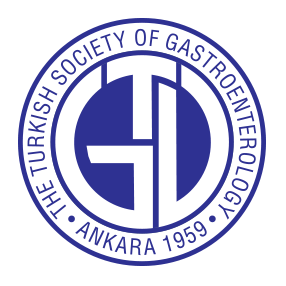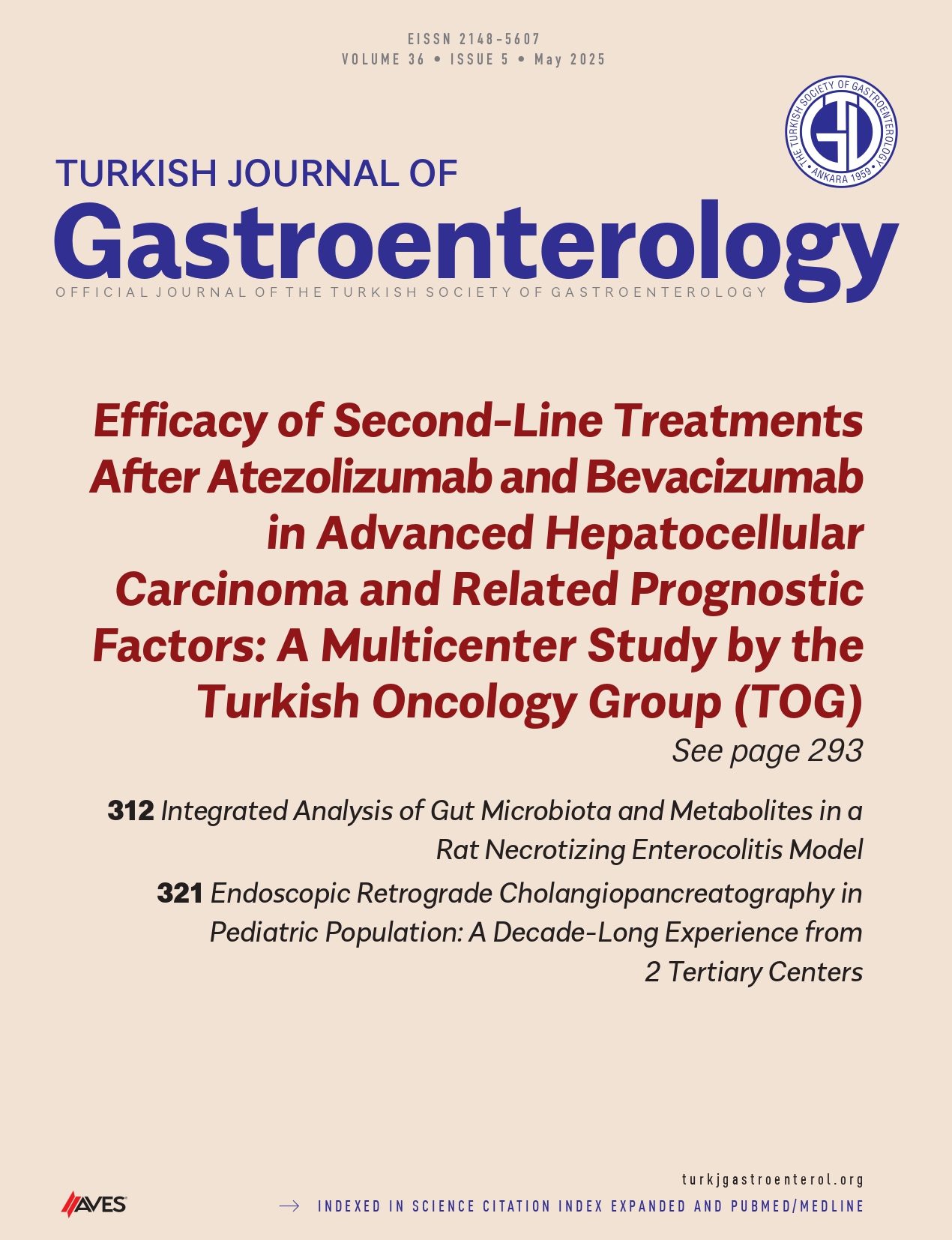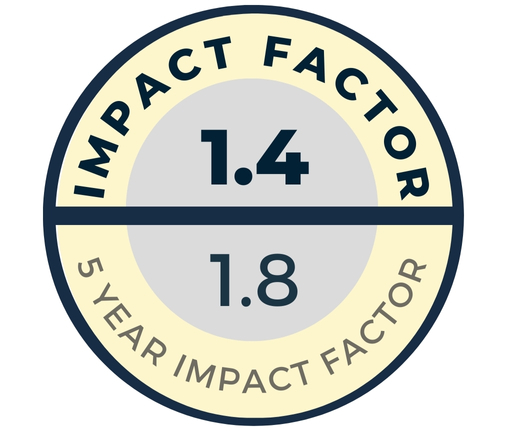Background/Aims: Levator ani syndrome (LAS) is a pathology that is both difficult to diagnose and treat. The effectiveness of current treatments, which are mostly administered with special devices in advanced healthcare centers, is controversial. The aim of the study is to investigate the effects of glyceryl trinitrate, which is easily accessible and can be applied by the patient, in the treatment of LAS.
Materials and Methods: The study cohort comprised 16 patients with LAS diagnosed and received 0.4% topical glyceryl trinitrate treatment rectally.
Results: At the first month of treatment, it was observed that the symptoms and puborectal muscle tension of 15 (93.7%) patients had completely resolved. One patient with persisted symptoms was referred to an advanced center. Symptomatic relief continued in 14 (87.5%) of the 15 patients at the third month of treatment and there were no pathological findings in the rectal examination. The visual analog scale score significantly decreased after the treatment (P < .001).
Conclusion: It is thought that topical glyceryl trinitrate treatment may be at least as effective as current treatment methods. Although the number of patients is small, our study is inspiring as it is the first time this molecule has been tried in the treatment of LAS in the literature. More comprehensive randomized controlled studies with long-term follow-up of patients are needed.
Cite this article as: Canlıkarakaya F, Ocaklı S. Can topical glyceryl trinitrate be effective in the treatment of levator ani syndrome? Turk J Gastroenterol. Published online January 13, 2025. doi 10.5152/tjg.2025.24489.





.png)